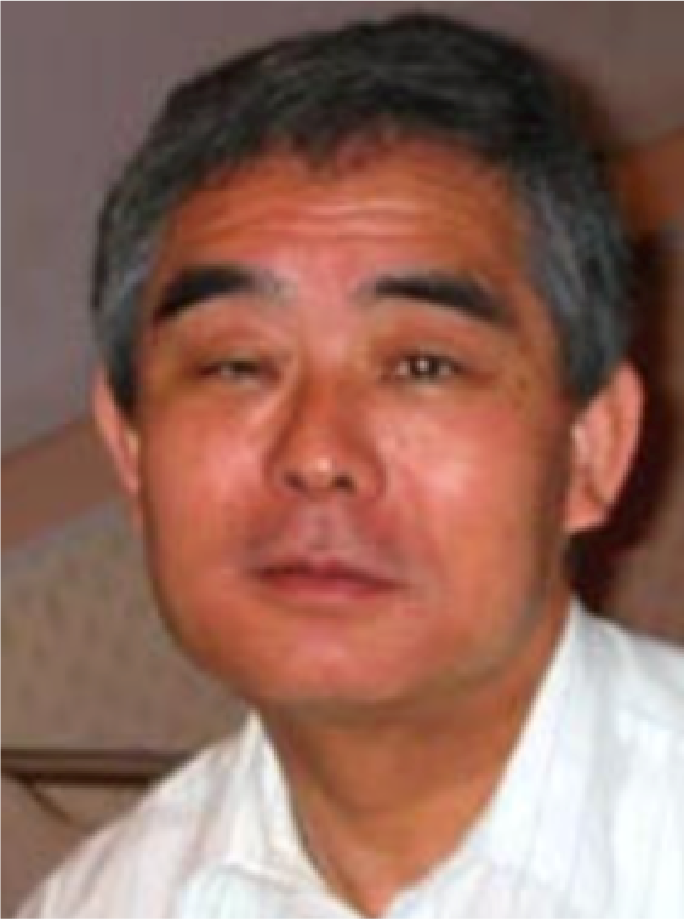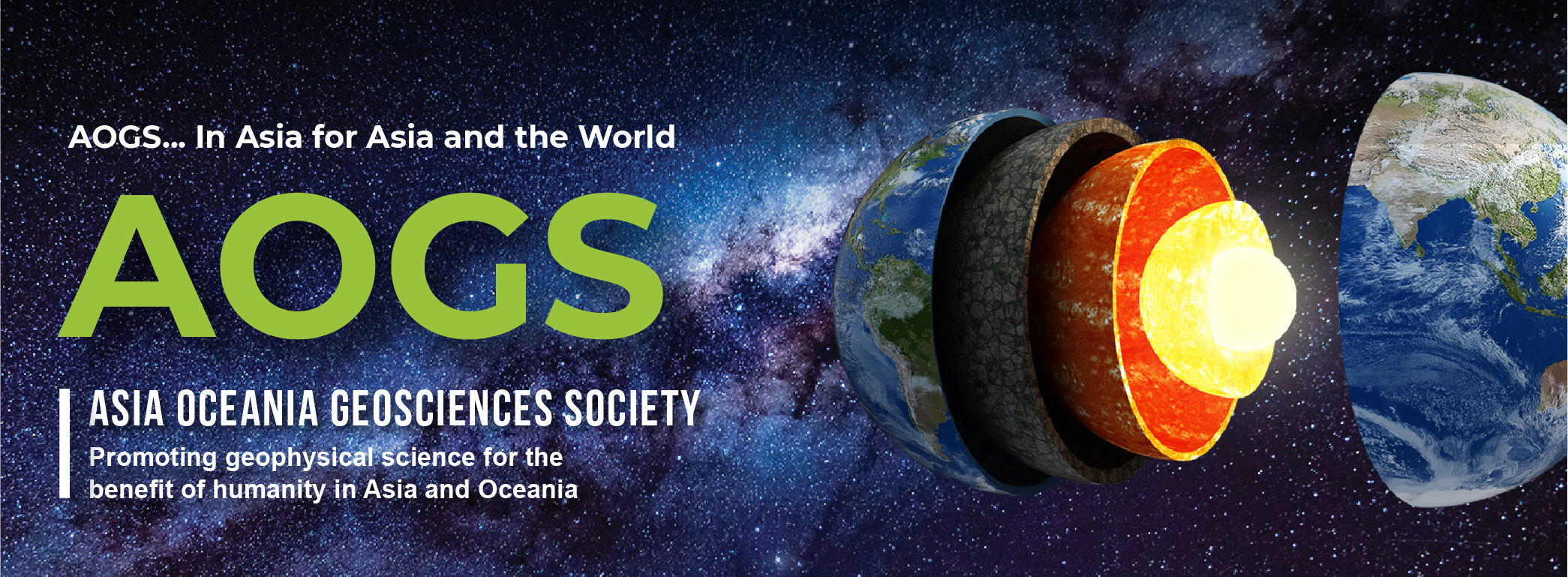
Treasury of Times & Origins

Thinking behind the foundation of AOGS
Y. Kamide
It was during Soba* noodle lunch near the Solar-Terrestrial Environment Laboratory (STEL) on one nice day in April 2001 that Ian Axford, Gordon Rostoker and myself began to discuss the necessity of creating A-OGS (an old name of AOGS) and to plan concretely how to approach AGU about proposing this new society. Why AGU? There was a bit of history behind this, as far as I am concerned.
I had been thinking for long of necessity of creating a new society of Geosciences in Asia and Oceania, just like AGU in America and EGU in Europe. In fact, there are scientific issues unique to this region, such as earthquakes, tsunami, typhoon, and space weather. In the late 1980s, however, AGU established a general meeting in the Asia and Oceania region, which AGU called the Western Pacific region. The first of this series was held in Kanazawa, Japan, in 1990 and the second one in Hong Kong in 1992, and so forth. By general I mean that the meeting covers virtually all areas of Geosciences, different from a topical conference, such as AGU’s Chapman Conferences addressing specific topics. The general meeting of AGU was called the Western Pacific Geophysics Meeting, i.e., WPGM. I personally felt uncomfortable to see a general meeting in “our” region that is conducted by AGU. If such a meeting is needed scientifically in addition to the existing IUGG assemblies as well as the AGU and EGU annual meetings, it is we, not AGU, who should run it.
From 1998 I was chair of a committee of the Science Council of Japan. In the committee I proposed to discuss this issue of founding a new scientific society in the Asia and Oceania region. I obtained a certain number of positive words from the committee members and I was strongly encouraged to write a proposal. I immediately wrote a first draft.
From April 1, 1999, Gordon Rostoker of Canada, who served then international secretary of AGU, was professor of STEL, where I was director. He made his own comments on the draft proposal I wrote, but he seemed to hesitate to work proactively to help us as the AGU’s position.
Things moved suddenly in 2001. For four months from February 1, Ian Axford was a visiting professor of STEL. The Soba lunch mentioned in the beginning of this essay was one of our fun events. Axford too showed his strong interest in creating a new society, suggesting to rephrase at several places.
The proposal consists of seven sections, including the following:
Countries involved in the new scientific society
As an initial, rough estimate, the A-OGS should cover the region from the western borders of India and Pakistan
to an eastern border defined by the International Date Line. This includes the two largest countries in terms of
population, i.e., India and China. The total population of this region would be 3 billion including other large
countries such as Indonesia, Japan, and Pakistan.
Scientific sections
Solid Earth (geology, geophysics, geochemistry),
Ocean and Atmosphere (oceanography, meteorology, atmospheric science, hydrology),
Solar Terrestrial and Planetary Science (Sun, heliosphere, planets, Earth’s thermosphere, ionosphere and magnetosphere), with
Interdisciplinary Groups such as Natural Hazards (earthquakes, tsunamis, and volcanoes), Non-Linear Geophysics, and
Polar Research.
Bottom-up structure
The structure of this new society should be like that of a pyramid with solid bottom layers, consisting of scientists
who support an easily replaceable top. All elections must be competitive and open to Members of the society.
Finance
The only source of income would be the registration fees of annual meetings. The main expense will be the meetings
themselves. It must be accepted that many countries in Asia and Oceania are poor. Thus, the richer countries have to
accept that their scientists should pay higher registration fees. Leaving STEL, Axford was planning to visit
professor Wing Ip of National Central University (CNU) in Taiwan. He took the draft proposal to Taiwan. He wrote
me from there, “I have been in Taiwan talking to Ip’s people. I also have received support for A-OGS from a leading
figure in Earth Sciences at CNU and also from Ip.” I wrote a serious letter to AGU about our proposal. Responding
to my request, AGU made an arrangement to set up an informal meeting during the 2001 AGU Spring Meeting in Boston,
where some of the top AGU officials listened to our proposal of merging WPGM and the annual meeting of A-OGS.
Although I heard some encouraging words during the meeting, it seemed likely that AGU did not subscribe to the
idea of merging the two meetings. Note that owing to Dr. Gupta’s tremendous effort, the 9th AOGS Annual Meeting
in Singapore was jointly organized with AGU. This new society must be legally registered. I thought that Singapore
is most appropriate, simply because it is located near the center of the entire region A-OGS covers and Singapore
is very easy to reach from any place of the region. I decided to visit Professor Eng Soon Chan of National University
of Singapore. He was then head of the Physical Oceanography Research Laboratory: now he is Dean of the Department of
Engineering. I can guess easily that he must be very surprised that I, who did not know him, visited him with a number
of practical questions, but by the end of our conversation, he promised that he would make every effort toward the
success of A-OGS.
Later in 2001, I discussed this matter extensively with Wing during the Fall AGU Meeting in San Francisco. I remember that after this conversation, preparation moved rather smoothly. The First Interim Council Meeting was then held in Chung Li, Taiwan in May 2002. By that time the Interim Council consists of representatives from the countries involved. The Second and Third Meetings were held in Wellington in July 2002 and in San Francisco in December 2002. The Fourth Meeting was in July 2003 in Sapporo. The Fifth and final Interim Council Meeting was held one day before the First AOGS Meeting in Singapore.
